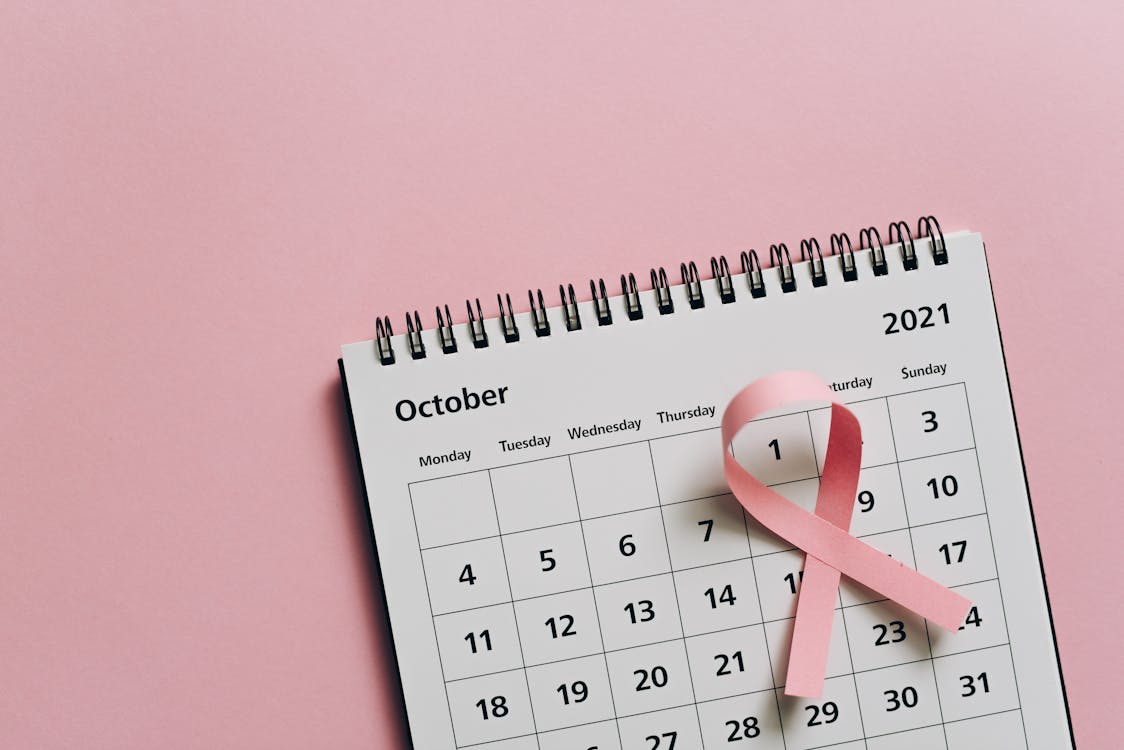Breast Cancer: Everything you Need to Know
7 minuteRead

Do you know? One woman gets diagnosed with breast cancer every four minutes in India, and one woman dies of breast cancer every thirteen minutes. Appalling, right? It is one of the most common types of cancer that occurs in women. It is especially hard when a woman in her 30s is looking to start a family. It is a known fact that cancer survival becomes even more difficult as it grows. In the first or second stage, it may be curable. However, as women enter stage 3 and 4 of breast cancer, the chances of survival are bleak. As modern women, we all have fast-paced lifestyles that put us at an increased risk of breast cancer. A recent study reveals that by 2030, breast cancer will cause more deaths among women than any other ailment. Breast cancer is also a common disease among women in the UK and USA respectively. Every year, breast cancer awareness is celebrated in the month of October, all over the world.
While lack of exercise, weight gain, obesity, contraceptive pills, family history, stress and hormonal changes are a few factors that increase the chances of women developing breast cancer, there are several other causes.
Remember, a woman’s breasts undergo several changes over a lifetime. Right from birth to puberty, pregnancy and breastfeeding, the breasts or mammary glands change in form and density.
In this blog, we aim at discussing all the important information you should know about breast cancer.
What is Breast Cancer?
To understand breast cancer, it is important to learn breast anatomy. Both men and women have breasts. However, women have more breast tissue than men. Female breasts are made up of different components including milk producing lobules, ducts that carry milk to the nipple and fatty (adipose) tissue. Within this, there are ligaments, lymph nodes and blood vessels.
In every healthy body, there is a natural system that controls the growth and death of cells. These healthy cells constitute the basic building blocks of all the organs and tissues in the body. There is a process within the body which constantly makes new cells to replace worn out tissues and heal injuries. The problem occurs when these natural systems don’t work right. When there is an excess of cell growth over cell death, a tumour tends to form. Cells grow abnormally forming a mass or lump which can be dangerous. However, not all tumours that grow are cancerous. When the tumour grows in their natural zone without invading other parts of the body, they are benign. But, when they invade other parts of the body, they are malignant. When the cells begin to line the duct and lobules, it is a cause of worry. If diagnosed in the nascent stages, it can be controlled but when the cancer cells continue to grow beyond the breasts, it is life-threatening.
Symptoms & Causes
The most common symptom of breast cancer is a lump in the breast. However, not all breast lumps are cancerous. If you experience any unusual swelling or small lump, it is always better to get it checked by a general practitioner. Other factors that cause breast lumps include growth of cysts which are usually fluid-filled sacs in the breast or fibroadenomas (a breast lump which is full of fibrous and glandular tissue).
For any woman, breast changes can be alarming. However, you should know that not all breast changes are indicative of cancer. To remove any kind of doubt in your mind, early detection is key. If you notice or experience any of the following conditions, see a doctor ASAP:
- Dimpling on either of your breasts
- A lump or thick tissue in your breasts that wasn’t there before
- A change in the size/shape/form of one or both your breasts
- Unusual swelling in the armpits
- Fluid discharge from either of your nipples
- Dense breasts
- Rash around your nipple
- A change in appearance of your nipple
- Chronic breast pain
While these are some of the visible symptoms of breast cancer, here are the causes:
- Family History: For those who have had close relatives battle ovarian cancer or breast cancer, they may be at a higher risk. It is more common in first-degree relatives including mother, sister or daughter. However, there is a common misconception that you can’t be at risk of breast cancer if there is no family history.
- Age: The risk of developing breast cancer increases with age. It is most common in women over the age of 50. All women between 50-70 years of age should be screened for breast cancer every three years.
- Dense Breast Tissue: Breasts are made up of thousands of milk-producing lobules. This tissue contains a high concentration of breast cells, thereby making it denser. Women with dense breasts have a higher risk of developing breast cancer.
- Hormone Replacement Therapy (HRT): A lot of women these days use HRT to combat symptoms of menopause such as mood swings and hot flashes. Though HRT is not directly linked to breast cancer, female hormones can increase the risk. For those who take HRT for less than a year, there is not much risk. However, if the therapy is taken beyond a year, women are at a higher risk of developing breast cancer.
- Lifestyle Factors: Our lifestyle plays an important role towards our well-being. While a healthy lifestyle doesn’t guarantee that you won’t develop breast cancer, it reduces the chance. Some of the lifestyle factors include obesity, excessive alcohol consumption, little or no physical movement, stress, intake of red meat and poor diet, smoking, and over-consumption of contraceptive pills.

Breast Cancer Diagnosis
Fighting breast cancer is all about early detection. Make it a point to have an annual breast exam with your general practitioner once you turn 30. You could also examine your own breasts every month especially at the end of your period as this is the time when the breasts are least tender. If you notice any of the above-mentioned symptoms or an unusual lump, see a doctor ASAP.
If your doctor has suspected breast cancer, he’s most likely to ask you to go to a specialist breast cancer clinic. Here are some of the tests you might have to get done:
- Biopsy: In a biopsy, a sample of cells is taken from either of the breasts and tested to check if it is cancerous. A needle test is also done on the lymph nodes of the armpits. The procedure is usually done under a local anaesthesia.
- Mammogram & Breast Ultrasound: A Mammogram is an X-ray of the breasts. If the mammogram suggests something unusual, you may have to go in for an ultrasound. This is only if you’re under the age of 35 as the breasts are still denser then. High-frequency waves are used to produce images of the insides of your breast which further show any lumps or abnormalities.
Myths & Facts
- Myth: Underwire bras cause breast cancer
Fact: Underwire bras do not increase your risk of breast cancer. There are concerns among young girls that the wires in the cups of underwire bras restrict the flow of lymph fluid in the breast causing a build-up of toxins in the area. However, a tight or small bra can cause pain and discomfort.
- Myth: You don’t have a family history of breast cancer, you won’t get it
Fact: Breast cancer is not an inherited disease. Although, those with a family history are at a higher risk of developing it, those without one can also be victims of breast cancer. If someone in your family has any kind of cancer history, it is always better to get yourself examined once you touch 50.
- Myth: Only women are at a risk of developing breast cancer
Fact: This is one of the biggest myths of breast cancer. Although, women are at a higher risk that doesn’t mean men cannot be diagnosed with breast cancer. Since they too have breast tissue, they’re at the risk of developing the disease. The symptoms too are the same as women. For men, abnormalities in the prostate also enhance their likelihood of getting breast cancer.
- Myth: Deodorants cause breast cancer
Fact: If you’ve come across claims that say deodorants or antiperspirants cause breast cancer, they’re false. There is no link between breast cancer and deodorants.
- Myth: Lumpy breasts means you have breast cancer
Fact: Not every lump on the breast can be attributed to breast cancer. There are many non-cancerous lumps that also exist. However, if you ever experience any lump on your breast, don’t let it go unnoticed. Get it diagnosed/examined immediately to remove any kind of doubt in your mind.
Breast cancer or any other disease for that matter should never be taken lightly. Be persistent and speak up, ask questions and seek the right advice. You could also do some research on your own to understand terms which your doctor might use. If you’re a young woman diagnosed with breast cancer and are feeling isolated, you will find many support groups online. You can connect with women of your age who are also going through what you are.
Write, Record and Answer! Consume Unlimited Content! All you need to do is sign in and its absolutely free!
Continue with one click!!By signing up, you agree to our Terms and Conditions and Privacy Policy.










